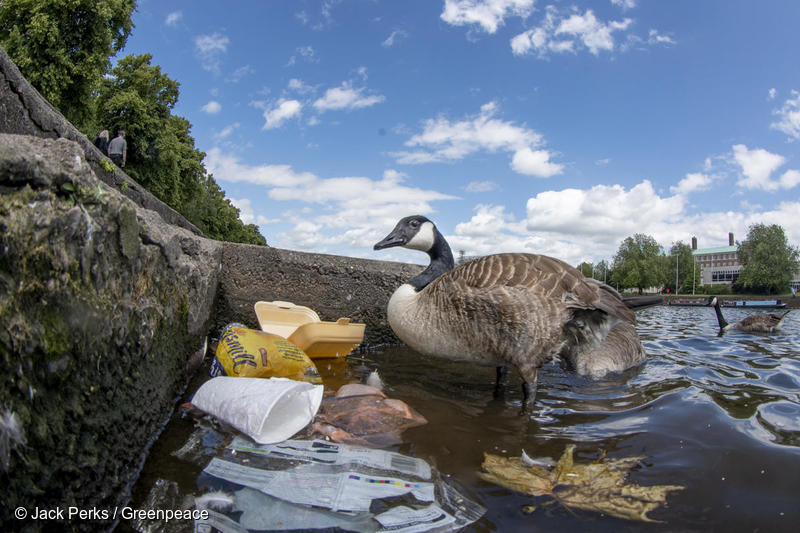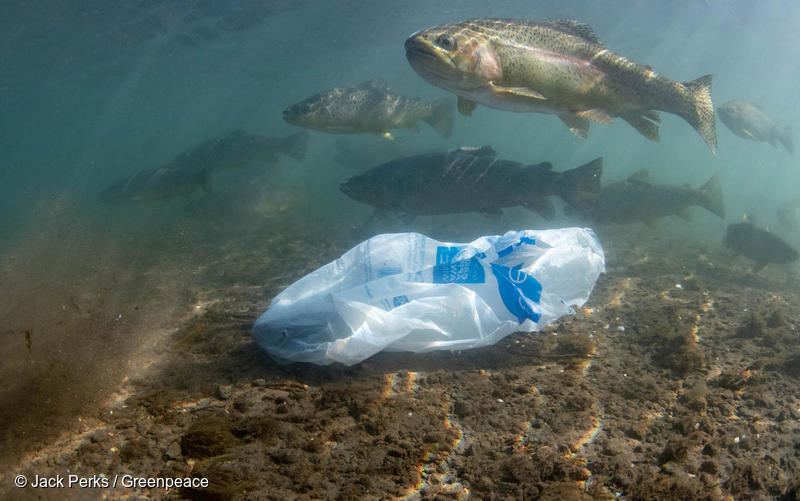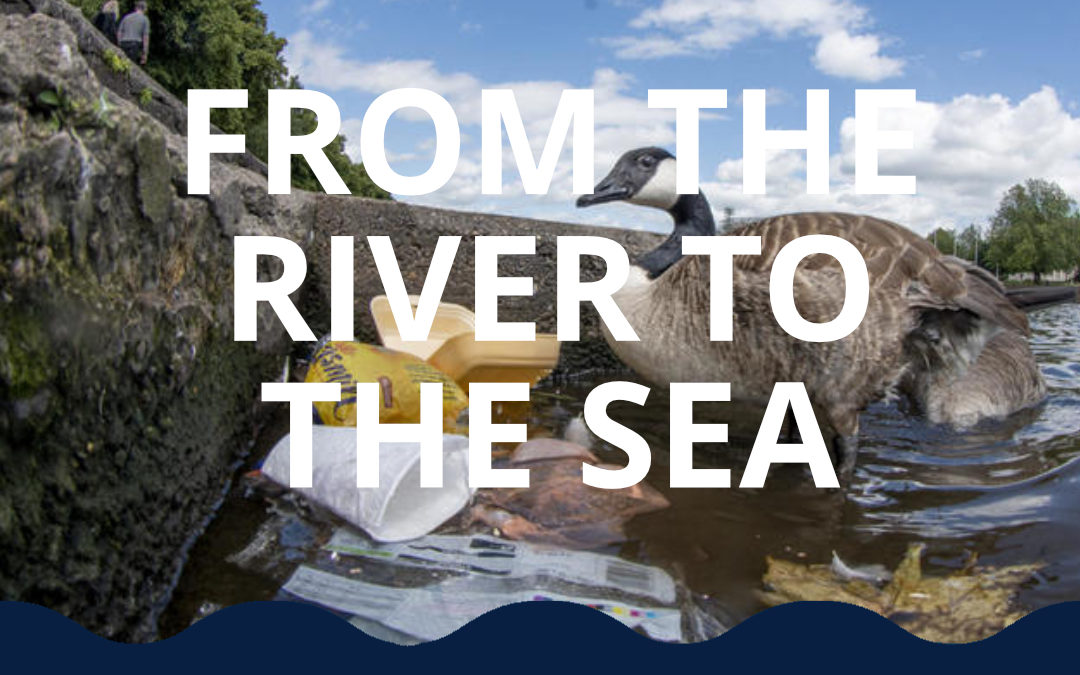Once hailed as a miracle product, plastic now inhabits every inch of our homes, our towns, our rivers and oceans. From single use plastic to microplastics. Every inch of our planet is now saturated. It has woven itself so deeply into the fabric of our society and our food chains that eradicating it and cleaning it up seem like a monumental task. The problem is so vast that experts vary in their estimates of how much waste is flowing into our oceans. Figures vary between 8-20million tonnes a year. That equates to one rubbish truck’s worth of waste dumped every minute.
Understanding the source of the pollution and where waste starts its journey, however, could be part of the solution.
From the river to the sea
The ocean pollution found on our beaches and in our seas is only a snapshot of a bigger problem that starts upstream in our rivers.
“Rivers carry trash over long distances and connect nearly all land surfaces with the oceans…making them a major battleground in the fight against sea pollution.”
Christian Schmidt, a hydrogeologist at the Helmholtz Center for Environmental Research in Leipzig, Germany.
Where does the majority of our ocean plastic come from?
According to the World Economic Forum [1] and EarthWatch [2] – 90% of plastic in our oceans comes from only 10 rivers.
Which rivers cause the most pollution?
Yangtze, Indus, Yellow, Hai He, Ganges, Pearl, Amur, Mekong, Nile and the Niger rivers are the biggest polluters. The Yangtze is the worst – responsible for over 1.5 million metric tonnes of waste pouring into the Yellow Sea.
The main reason for waste entering the rivers in the first place is due to massive populations living on these rivers and poor management of waste. The Mekong river travels through 6 countries. China, Myanmar, Laos, Thailand, Cambodia and Vietnam. The Nile passes through 11.
And while these may be the worst offenders, Europe also has its share of problems. The 2,800km long River Danube [3] is the most polluted river in Europe – but for antibiotics, pesticides and heavy metals.
In a survey of 13 main UK rivers concluded earlier this year, Greenpeace found that all of them contained plastic pollution with the River Mersey being the worst with the highest concentration. Greenpeace labelled it “worse that the Great Pacific garbage patch. [4]”

A Canada goose is pictured next to plastic in the River Trent.
Images of Britain’s iconic waterways choked in plastic waste and suffering freshwater animals provide a wake up call for those of us who see ocean pollution flowing mainly from Asia.
“During this campaign we witnessed voles eating plastic, swans using it to build their nests, and caddisfly larvae using it to make their protective casings. Fiddling around the edges of the plastic pollution problem by banning straws simply doesn’t cut it.”
~ Fiona Nicholls, Greenpeace ocean plastics campaigner.
What are the main items polluting our rivers?
In the Earth Watch/Plastic Oceans UK study – they found that the top contaminants were items used by the public every day of the year and thrown away without a second thought. The top ten items included:
- Bottles
- Food wrappers
- Cigarette butts
- Takeaway containers
- Cotton Bud Sticks
- Cups
- Sanitary Products, nappies and wet wipes
- Smoking related litter
- Plastic straws, stirrers and cutlery
- Plastic bags
Fixing the problem?
We need to find a way to not only stem the flow of waste from our rivers but also remove the source of the waste. There are many ongoing attempts to fix the problem.
- Government interventions. The EU Parliament has committed to banning harmful single use plastics by 2021. The UK is planning to eliminate plastic waste in the next 25 years. And now the G20 has also agreed to tackle plastic waste on a global scale. Japan has declared that it will spearhead development of biodegradeables.
- Circular Economy. There is a growing movement for a move towards a circular economy. One where manufacturers design products that can be repaired, recycled and reused. The Ellen MacArthur Foundation is currently leading the New Plastics Economy Initiative to get manufacturers and retailers to commit to making and using recyclable / biodegradeable plastics. It seems that the trend for upcycling ocean plastic is gaining momentum already. Pharell Williams has already started using ‘bionic’ ocean plastic yarn for his new range of fashion. There are also shoes, football strips and even toys all making use of our ocean pollution.
- Consumer power. Reducing plastic use and refusing to purchase bottled water and using reusable cutlery are just some of the ways consumers can make a difference. Also purchasing products which are designed to be reused. Ultimately we need to be educated about new ways of shopping and consuming – but also new ways of celebrating, eating and socialising that don’t involve massive amounts of plastic waste. Yet even if we stopped using plastic today, “there would still be decades, if not centuries-worth of plastics being washed down rivers and into our seas[5].”
- Clean-up and proactive management. Experts believe that concentrating efforts on cleaning up the problem at the source – from rivers remains the best way to stop the flow. Managing marine plastic waste in these big 10 rivers and rivers in the UK and Europe needs to be a top priority.

Fish and litter are photographed in the River Wye, Derbyshire.
How Water Witch can help
We need to vigilantly monitor and manage our inland waters if we are to stop the tide of ocean waste and the destruction of our marine environment.
Water Witch have over 40 year’s experience in cleaning up global waterways, harbours and resorts. We now operate around the world with our range of customisable trash skimmers, barges and dredgers. So far we have helped clean up 2,126,426 tonnes of trash. It may be a drop in the ocean, but we are committed to doing more.
Water Witch trash skimmer and waterway maintenance workboats can help you deliver efficient management and maintenance of your marine environment with minimal stress. Get in contact with us to find out more.
+44 (0)151 207 4874 | info@waterwitch.com
Sources:
[1] https://www.weforum.org/agenda/2018/06/90-of-plastic-polluting-our-oceans-comes-from-just-10-rivers/
[2] https://earthwatch.org.uk/get-involved/projects-activities/plastic-pollution
[3] https://www.circleofblue.org/2019/europe/pesticides-antibiotics-heavy-metals-tarnish-europes-waterways/
[4] https://www.bbc.co.uk/news/uk-england-merseyside-48690163
[5] Professor Stefan Krause, School of Geography, Earth and Environmental Sciences at the University of Birmingham. https://freshwaterblog.net/2019/04/09/100-plastic-rivers-tracking-the-sources-of-plastic-pollution-from-river-to-sea/

